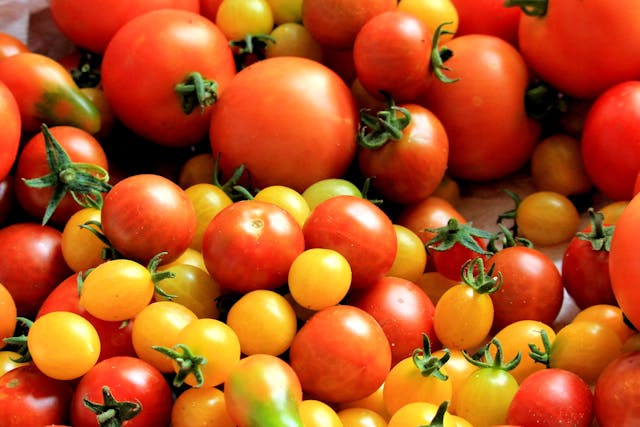New research conducted by scientists at the University of South Australia has unveiled that men who regularly consume a variety of colourful fruits and vegetables are at a reduced risk of being diagnosed with prostate cancer (PC). The studies, which have been published in the journal ‘Cancers,’ assert that a diet abundant in specific micronutrients not only plays a crucial role in preventing prostate cancer but also aids in the expedited recovery of men receiving radiation treatment for the condition. These findings underscore the benefits of adhering to dietary patterns similar to those found in Mediterranean or Asian cultures, which are rich in such foods.
The research involved a comparison between the micronutrient plasma levels of individuals diagnosed with prostate cancer and a healthy control group. This comparison revealed that patients with prostate cancer exhibited lower levels of micronutrients such as lutein, lycopene, alpha-carotene, and selenium, alongside higher levels of iron, sulphur, and calcium when contrasted with the control group. Furthermore, a link was observed between increased DNA damage following radiation exposure and diminished levels of lycopene and selenium in the blood plasma.
The studies highlighted a significant risk of prostate cancer for men with plasma lycopene levels below 0.25 micrograms per millilitre and selenium levels below 120ug/L, indicating a heightened sensitivity to the adverse effects of radiation in these individuals. The research points to various foods as natural sources of these vital nutrients, with lycopene-rich foods including tomatoes, melons, papayas, grapes, peaches, watermelons, and cranberries. Selenium can be predominantly found in white meat, fish, shellfish, eggs, and nuts.
Dr Permal Deo, a co-author of the study, emphasises the superiority of obtaining lycopene and selenium directly from food rather than through supplements, which have shown limited benefits in previous research. Dr Deo advocates for adopting a Mediterranean diet and suggests the involvement of a dietician to tailor dietary choices to individual nutritional absorption variations. These variations can depend on several factors, including the food itself, the digestive system, genetic makeup, and possibly the gut microbiome.
This research sheds light on the nutritional deficiencies commonly observed in men with prostate cancer. This area has remained relatively underexplored despite prostate cancer being among the most prevalent and deadly cancers affecting men. The study also revisits other known risk factors for prostate cancer, including ethnicity, family history, and age, while suggesting that being overweight and tall may increase the risk. Moreover, the research suggests a potential link between high dairy consumption, low vitamin E intake, and an increased risk of prostate cancer, though the evidence regarding diet remains less conclusive.
Vitamin E, which is found in plant-based oils, nuts, seeds, fruits, and vegetables, is highlighted as a crucial nutrient in the context of this research. This pioneering study is the first to evaluate the relationship between plasma micronutrient and trace element concentrations and prostate cancer within the South Australian population, marking a significant step forward in understanding the nutritional aspects of cancer prevention and management.
More information: Permal Deo et al, Plasma Micronutrient Profile of Prostate Cancer Cases Is Altered Relative to Healthy Controls—Results of a Pilot Study in South Australia, Cancers. DOI: 10.3390/cancers15010077
Journal information: Cancers Provided by University of South Australia








